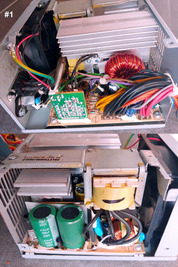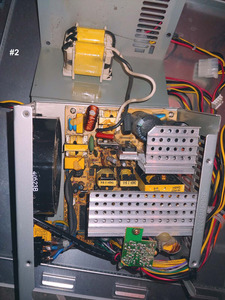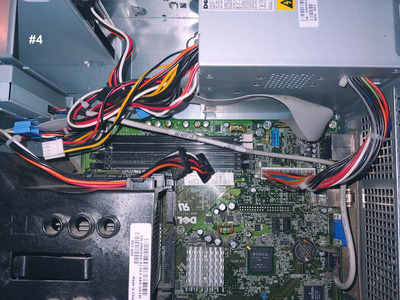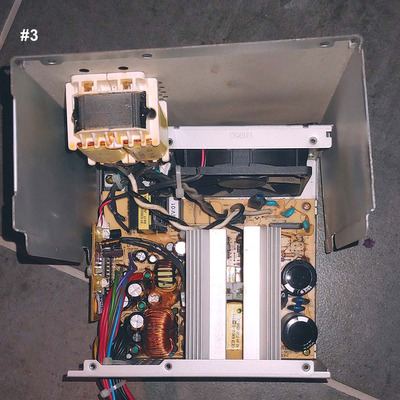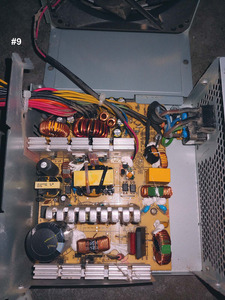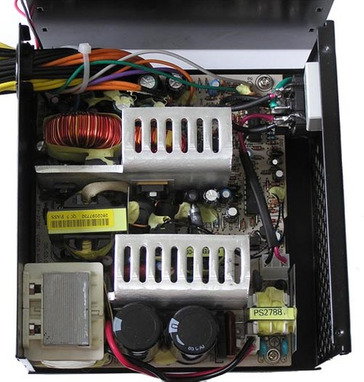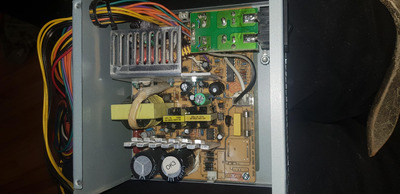watson wrote on 2023-10-03, 09:52:
How can you tell that there is a huge difference between the Rhombu Tech and LC Power? They look relatively similar to me.
Is it because of the smaller primary caps in the LC Power? Or the lack of caps on the secondary? Or something else?
I own both units (although the LC Power I have is the 12cm variant, but PCB is same, save for heatsinks being smaller to acommodate the top mounted fan) and the LC-Power has the worst materials used everywhere:
- PI coils on the secondary side are awfully thin (or even inexistent, though I did spot one through the wire harness)
- main switchers are GUARANTEED to blow past 200W
- capacitors on DC side are the lowest garbage known to mankind
- the only redeeming quality is the transformer
- unapproved disc capacitors on the primary side that can pose a fire hazard
- thin wiring on the common rails choke on the secondary side
- glass fuse
- awfully anorexic 330uF capacitors, nowhere you're gonna get 420W out of that, let alone 200W.
Rhombu-Tech isn't any much better on the AC side due to the small fuse (though it can be replaced with a better one at any time), but:
- thicker wiring on the common rail choke
- PI coils are decently thick, and are heatshrinked
- thermally controlled fan (which the LC-Power completely misses) including what I can assume is an external plug for motherboard reading of the fan
-680uF primary capacitors
- actual bridge rectifier instead of 4 puny diodes
So, this is why I would trash the LC-Power in favor of the Rhombu-Tech.
The Rhombu-Tech is made on a platform that although cheap, can have upgrade paths and can safely power up to 300-350W (the PFC choke actually states 350W so I'd say it could actually do 300W continuous provided the DC side has the capacitors replaced with japanese caps)
I have the 12cm version of the LC-Power and you can see how it looks even sadder than HanSolo's unit. The only things they were arsed enough to do was add a filtering AC PCB and different L shaped heatsinks.
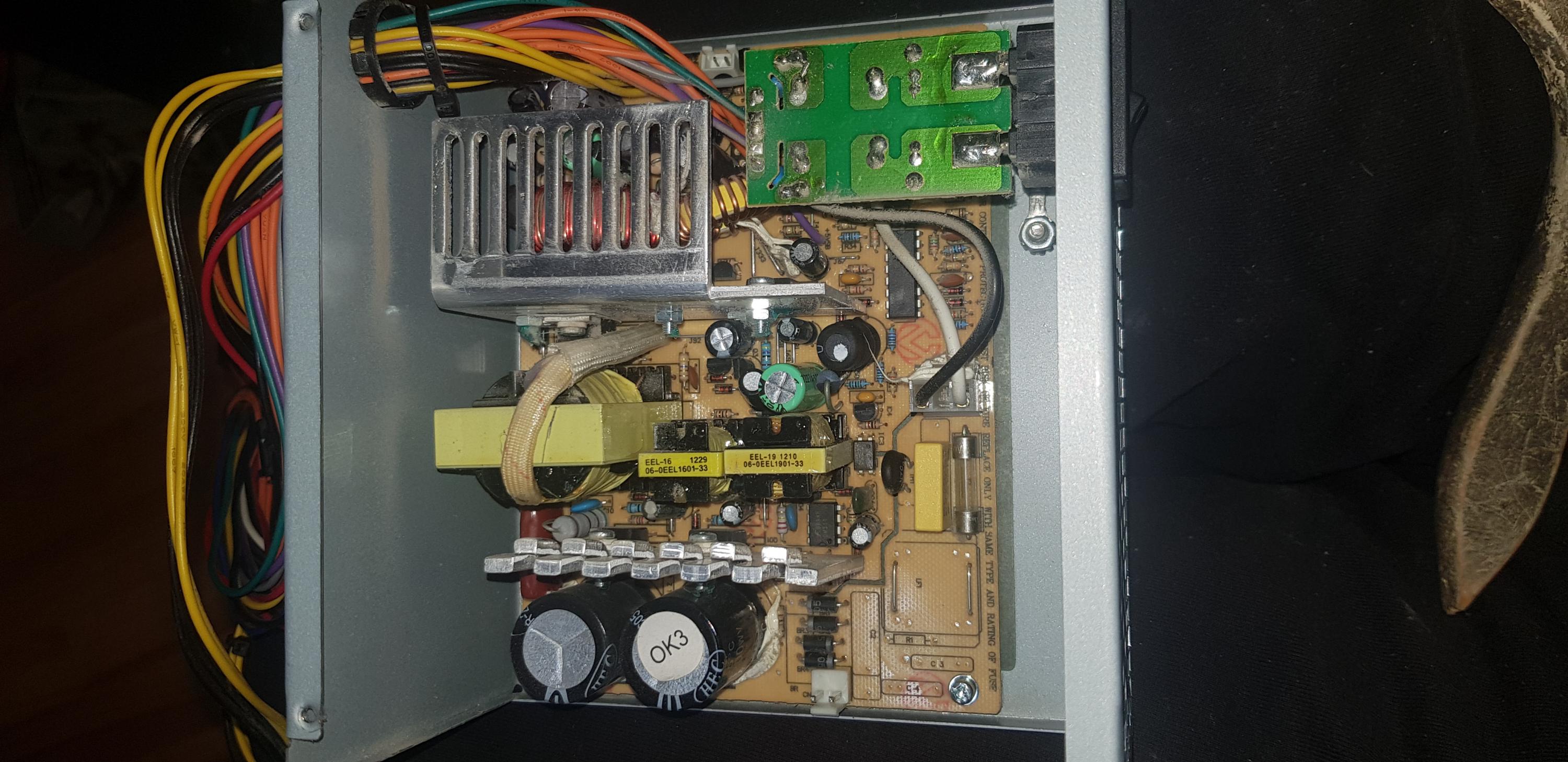
I have done a lot of PSU experiments (replacing main transformers for bigger ones, recapping, upgrading rectifiers everywhere) but LC-Powers are totally awful units, at least the unknown OEM ones.
The GW(Great Wall) and Huntkey units are decent though - I have a GW-based LC6550H which looks much better. Picture is of the 6650H but the PCB on the 6550 is the same, save for lower rated secondary sillicon.
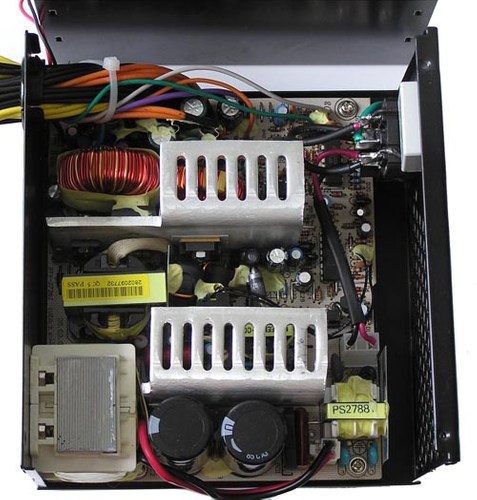
"Enter at your own peril, past the bolted door..."
Main PC: i5 3470, GB B75M-D3H, 16GB RAM, 2x1TB
98SE : P3 650, Soyo SY-6BA+IV, 384MB RAM, 80GB
